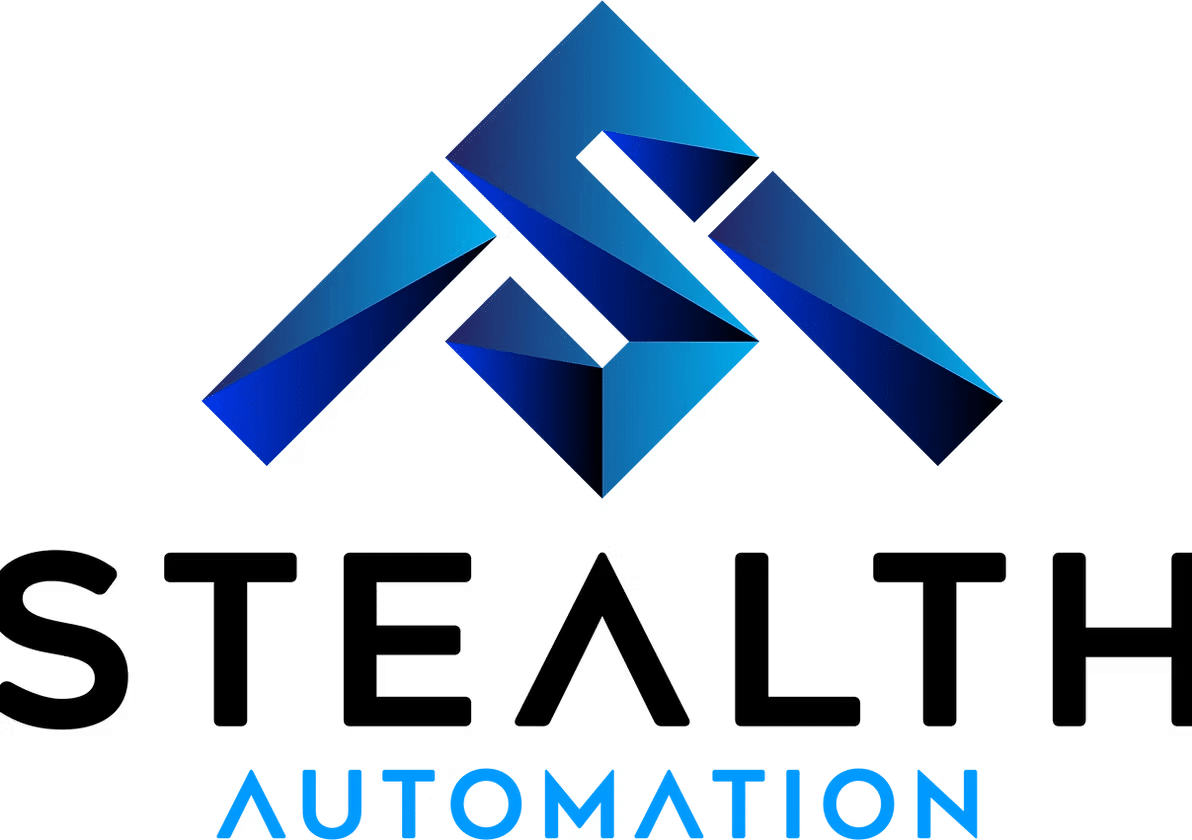Reducing downtime through automation can significantly improve operational efficiency, productivity, and profitability. Automation technologies help minimize delays caused by manual processes, human errors, or equipment failures. Here are several key strategies for reducing downtime with automation:
1. Predictive Maintenance
How It Works: Automation systems integrated with sensors and data analytics can monitor equipment in real-time, collecting data on temperature, vibration, pressure, and other key parameters.
Benefit: By analyzing this data, predictive maintenance algorithms can predict when a piece of equipment is likely to fail, allowing for maintenance to be scheduled before a breakdown occurs, reducing unexpected downtime.
2. Real-Time Monitoring and Diagnostics
How It Works: Automated systems can continuously monitor the health of machinery and provide real-time diagnostics. If an issue arises, the system can instantly alert operators or technicians.
Benefit: This reduces the time spent identifying and diagnosing issues, enabling quicker responses and minimizing downtime.
3. Automated Changeovers and Setup
How It Works: Automation systems can be programmed to quickly and precisely adjust machines for different product types or production runs, reducing the time required for manual changeovers or adjustments.
Benefit: Faster, more accurate changeovers result in less production downtime between batches, allowing for higher throughput and more efficient use of time.
4. Automated Material Handling
How It Works: Automated material handling systems, such as conveyors, robotic arms, or autonomous mobile robots (AMRs), can move materials between different stages of production without the need for human intervention.
Benefit: This minimizes delays caused by bottlenecks, material shortages, or manual handling errors, ensuring a continuous workflow and reducing downtime.
5. Robust Fault Detection and Recovery
How It Works: Automation systems can be equipped with advanced fault detection capabilities, identifying problems at an early stage. In some cases, these systems can automatically adjust or recover without requiring human intervention.
Benefit: This reduces the need for manual troubleshooting and repairs, cutting downtime significantly. In critical applications, automated systems can also trigger backups or redundancies to maintain operations.
6. Streamlined Production Scheduling
How It Works: Automation software can optimize production scheduling based on real-time data and predictive analysis, ensuring that resources (e.g., labor, equipment, materials) are used efficiently.
Benefit: By ensuring that production schedules are optimized and balanced, automation can prevent unnecessary downtime caused by misalignment of resources or inefficient production flows.
7. Quality Control Automation
How It Works: Automated quality control systems (such as machine vision or sensors) inspect products as they are produced, immediately identifying defects and sorting out defective items.
Benefit: Automated inspection ensures that defective products are quickly removed from the production line, reducing the risk of product recalls or rework and minimizing downtime related to quality issues.
8. Data-Driven Continuous Improvement
How It Works: Automation systems can collect vast amounts of data about production processes, which can be analyzed to identify inefficiencies or areas where downtime is recurring.
Benefit: By applying continuous improvement principles (like lean manufacturing) using this data, manufacturers can proactively address issues that lead to downtime, improving overall productivity.
9. Integration Across Systems
How It Works: Automated systems can be integrated across production lines, connecting machines, robots, and other devices into a seamless network. This allows for better coordination and faster response times when adjustments need to be made.
Benefit: Integration reduces the chances of disruptions between different systems, as they can quickly respond to changes or interruptions in the production process, ensuring minimal downtime.
10. Employee Empowerment Through Automation
How It Works: Automation can take over repetitive, manual tasks, allowing workers to focus on more complex, value-added tasks. Additionally, operators can be provided with automation tools (like predictive dashboards) to monitor systems.
Benefit: With automation handling mundane tasks, employees can more quickly identify and address issues, reducing operational delays and minimizing downtime.
Conclusion
By automating various aspects of production, from maintenance to material handling and quality control, businesses can significantly reduce downtime. The key benefits of automation in this regard include improved efficiency, quicker response times to potential issues, and more predictable production schedules. In the long run, these improvements lead to increased uptime, lower operating costs, and enhanced overall productivity.
Contact Stealth Automation in West Michigan for all of your automation needs.
